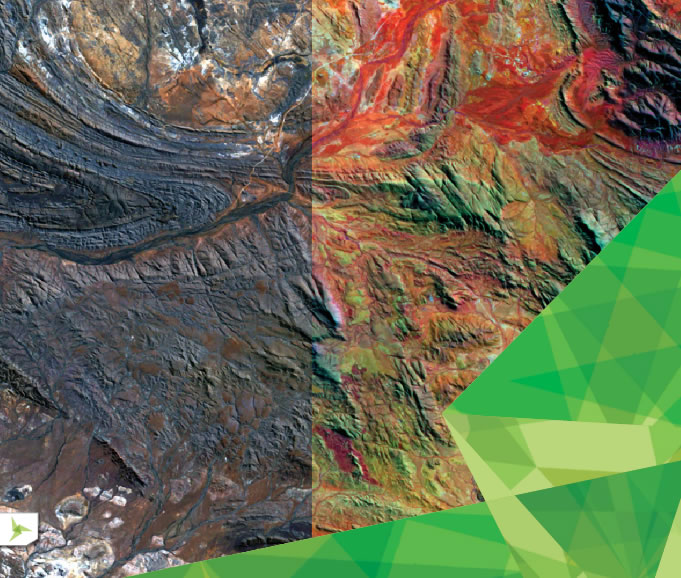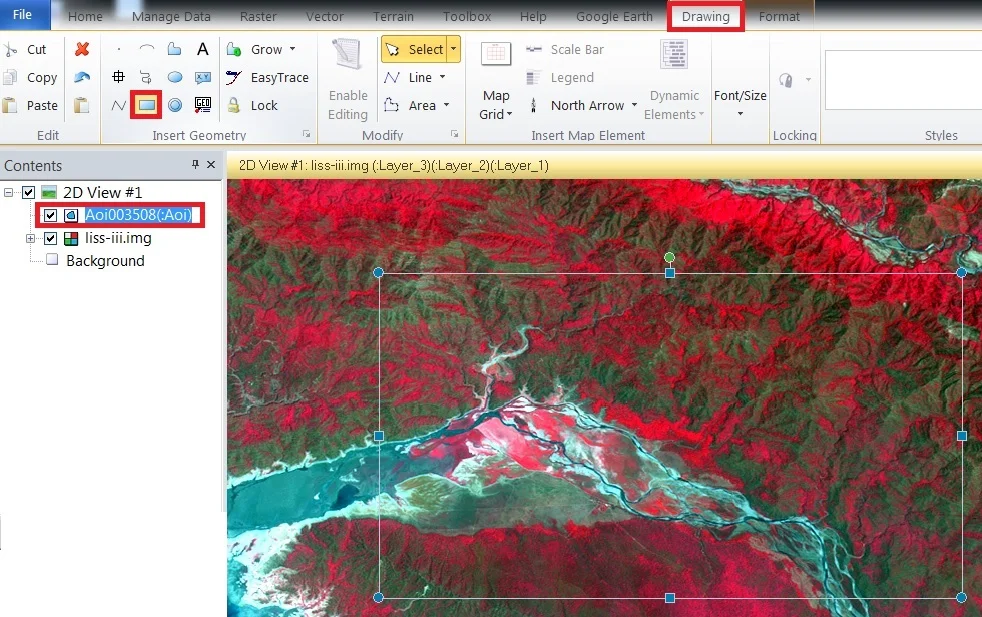

- #Mosaic pro erdas imagine how to#
- #Mosaic pro erdas imagine zip file#
- #Mosaic pro erdas imagine software#
- #Mosaic pro erdas imagine download#
I personally hate viewing the nearest neighbour square pixels, unless I want to see the pixel sizes at a certain map scale, but for output I always use bilinear. The view is shown with Esri's bilinear visual resampling technique to make a more asthetically pleasing DEM view. The coverage of the fused 1 arc-second data and 2 arc-second data (the 2 arc-second data was resampled before fusing with the 1 arc-second data), and the final image is a 1:100,000 scale zoom in on a portion of the Yukon and Northwest Territories border showing the detail of the DEM. I've attached three JPGs showing the coverage of the 1 arc-second data. The data is in a geographic coordinate system (lat/long) NAD83. I had to choose 2 arc-second for bits of Alaska because the coverage in Alaska at the time I downloaded the data (Sept 2016) was incomplete at 1 arc-second and 1 arc second for the rest. The viewer where you can select the area and product you want is:
#Mosaic pro erdas imagine zip file#
They do this because they have to restrict the size of a zip file download, probably to ensure their servers don't get overloaded with single file downloads and to ensure that you get your individual files, rather than having a large file that fails due to any number of connection issues between the host server and the destination computer.

#Mosaic pro erdas imagine download#
The USGS NED DEM is only available via download as 1 degree x 1 degree tiles (zipped) in various formats. Originally they were 16-bit TIFF DEM tiles. Cell size of (0.00027778, 0.00027778), the DEM is 140.61 GB, but stored as an LZ77 compressed grid inside the File GeoDatabase. I'm working with a 1 arc-second DEM that is (327603, 115217) in size. Or, if you just want a large sample to play with, download it from one of the other national cartographic bureaus (LINZ in New Zealand comes to mind, possibly the EU agencies.) which provide big data.Īlways worth a read for adventurers in really big data: see the Performance Tips. I think I'd go first with just getting an original set of data from USGS that is one big DEM. But still, messing about with combining almost 2000 files into one seems like taking the long way 'round. Upcoming 9 builds, by the way, will provide merge capabilities that should help such tasks. Why can't you just write out the DEM from ArcGIS 10.5.1 into a lossless format? Surely Arc could not be so limited that it cannot write out a DEM? Can it write to a DBMS, like PostgreSQL? If you already have the data you need, it sounds like it would be quickest just to write it out into some standard interchange form. Must be something in the water down in Redlands.
#Mosaic pro erdas imagine software#
More precisely, ESRI's SDK for file geodatabases does not support rasters, so all software that uses ESRI's SDK cannot read rasters from file geodatabases. How large is the DEM you want to work with? Is that so? If true, perhaps you could download a single large DEM.

I could be wrong about this, but I recall reading USGS talking about the "seamless" nature of the NED, that you could download whatever part of it you wanted as a complete, single, seamless data set. I might see if I can export a BigTiff, or JPEG2000 image, but I'm not sure of the lossless capabilities of ArcGIS for exports to JPEG2000.īasically I'm trying to use contour areas or contour lines on this large DEM that I have, to test the capacity and speed of Manifold 9 to process large DEMsĮach GeoTIFF is in its own sub-directory named from the original zip file that was downloaded from the USGS NED website. I have already processed this into a mosaic in ArcGIS 10.5.1 and have a arc binary grid in a File GeoDatabase, but Manifold can't read rasters from a File GeoDatabase. Essentially I used 7-Zip to extra to here, where the zip file name became the folder name and within the each folder is the contents of the zip file. Within each of those folders, are folders for each downloaded zip file for all the 1 degree x 1 degree DEM tiles. Therefore I would also need a way to search a directory and all sub-directories from the main directory to find the (.tif) file and import each and then mosaic into a new single mosaic image in a Manifold project or possibly just mosaic from the source directory trees?īasically I have a USGS NED folder, within that folder I have two sub folders: a 1 arc-second DEM folder, and a 2 arc-second DEM folder. Each GeoTIFF is in its own sub-directory named from the original zip file that was downloaded from the USGS NED website.
#Mosaic pro erdas imagine how to#
I'm wondering how to create a single image mosaic out of ~1950 GeoTIFF DEM files.


 0 kommentar(er)
0 kommentar(er)
